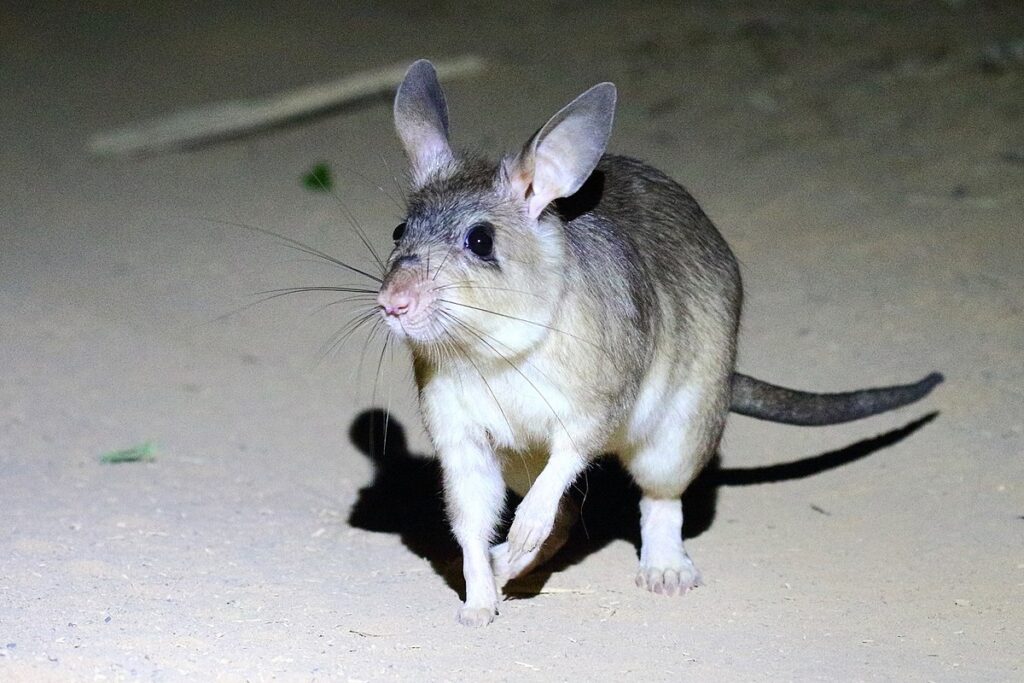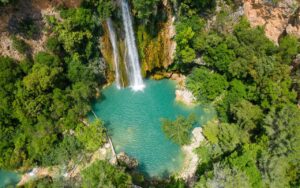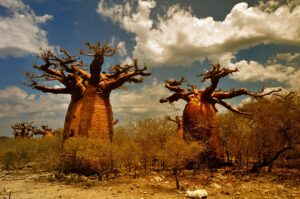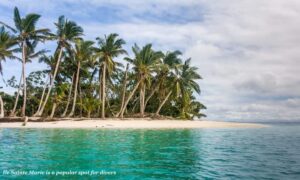Nestled in the heart of Madagascar, the Marofandilia Forest is a hidden gem that offers a unique glimpse into the island’s rich biodiversity. This forest is a haven for wildlife enthusiasts and nature lovers, providing an opportunity to witness some of the most fascinating creatures on the planet, including the elusive fosa and the peculiar giant jumping rat. Whether you’re an avid birdwatcher, a wildlife photographer, or simply someone who appreciates the wonders of nature, Marofandilia Forest promises an unforgettable experience.
What to See
Marofandilia Forest is renowned for its diverse array of wildlife, with the fosa and the giant jumping rat being the star attractions. The fosa, Madagascar’s largest carnivorous mammal, is a sleek and agile predator that resembles a cross between a cat and a mongoose. Spotting a fosa in its natural habitat is a thrilling experience, as these creatures are known for their elusive nature and impressive hunting skills.
The giant jumping rat, on the other hand, is a nocturnal rodent that captivates visitors with its unique appearance and behavior. Despite its name, this creature is more closely related to rabbits than rats and is known for its remarkable ability to leap great distances. Observing these animals in the wild offers a rare insight into Madagascar’s unique ecosystem.
In addition to these iconic species, Marofandilia Forest is home to a variety of lemurs, chameleons, and an impressive array of bird species. The forest’s lush vegetation and diverse habitats make it a paradise for nature enthusiasts and photographers alike.
A Bit of History and Interesting Facts
Marofandilia Forest is part of the Menabe Antimena Protected Area, which was established to conserve the unique biodiversity of the region. The forest is characterized by its dry deciduous trees, which shed their leaves during the dry season to conserve water. This adaptation is crucial for the survival of the forest’s inhabitants, as it allows them to thrive in an environment with limited rainfall.
One of the most interesting aspects of Marofandilia Forest is its role in local conservation efforts. The forest is managed by local communities in collaboration with conservation organizations, ensuring that both the environment and the livelihoods of the people are protected. This community-based approach has been instrumental in preserving the forest’s unique biodiversity while promoting sustainable development.
An intriguing fact about the fosa is that it is the top predator in Madagascar, playing a crucial role in maintaining the balance of the ecosystem. Despite its importance, the fosa is classified as a vulnerable species due to habitat loss and hunting. Conservation efforts in Marofandilia Forest are vital for the survival of this remarkable animal.
How to Get There and Tips for First-Time Visitors
Reaching Marofandilia Forest requires a bit of planning, but the journey is well worth the effort. The forest is located near the town of Morondava, which is accessible by air from Madagascar’s capital, Antananarivo. From Morondava, visitors can hire a local guide or join a tour to explore the forest. The journey typically involves a combination of road travel and walking, so be prepared for an adventure.
For first-time visitors, it’s essential to pack appropriately for the trip. Lightweight clothing, sturdy walking shoes, and insect repellent are recommended, as well as a good camera to capture the incredible wildlife. It’s also advisable to visit during the dry season, from April to November, when the weather is more favorable for exploring the forest.
Engaging a knowledgeable local guide can enhance your experience, as they can provide valuable insights into the forest’s ecology and help you spot elusive wildlife. Additionally, respecting the local customs and supporting community-based tourism initiatives can contribute to the conservation of this unique ecosystem.








